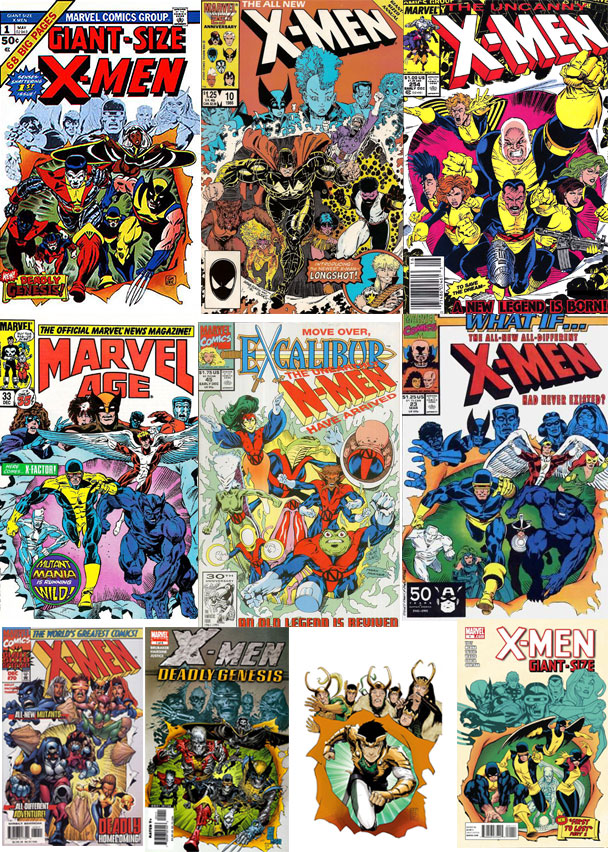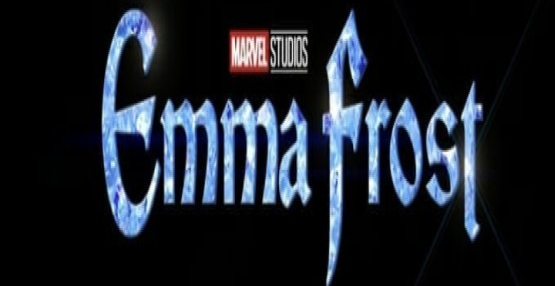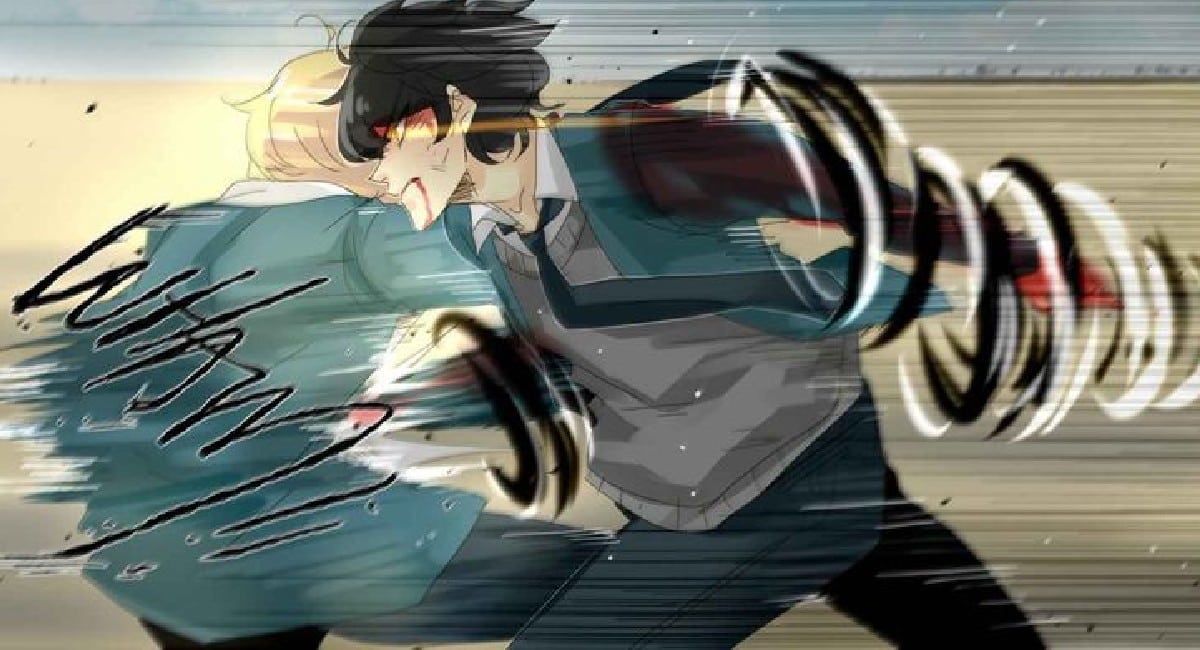Sommer Browning | June 24, 2025
 ‘It feels like I’m lying, introducing the protagonist of María Medem’s Land of Mirrors as Antonia, because we don’t know her name for most of the book. Names, it turns out, aren’t important in Land of Mirrors. Most of the story occurs in a place where you don’t need names, a place where there used to be more people but there isn’t now. We never know why the people are gone, and of course whenever that happens in a book, we tend to think something bad happened to all the people. Pandemic? Ecological disaster? War? But there isn’t a feeling of apocalyptic trauma in Antonia’s world. The atmosphere Medem creates is closer to uncanny; maybe Antonia’s world exists alongside ours or maybe it’s imaginary. What is important in this world is not the past or answers to what or how, but what’s in front of us. And what is in front of us, on every page, are deep, inky, rich colors, the horizon, wide, empty landscapes, and the life—and soon to come plight—of Antonia, a cloistered person living a simple life close to the land.
‘It feels like I’m lying, introducing the protagonist of María Medem’s Land of Mirrors as Antonia, because we don’t know her name for most of the book. Names, it turns out, aren’t important in Land of Mirrors. Most of the story occurs in a place where you don’t need names, a place where there used to be more people but there isn’t now. We never know why the people are gone, and of course whenever that happens in a book, we tend to think something bad happened to all the people. Pandemic? Ecological disaster? War? But there isn’t a feeling of apocalyptic trauma in Antonia’s world. The atmosphere Medem creates is closer to uncanny; maybe Antonia’s world exists alongside ours or maybe it’s imaginary. What is important in this world is not the past or answers to what or how, but what’s in front of us. And what is in front of us, on every page, are deep, inky, rich colors, the horizon, wide, empty landscapes, and the life—and soon to come plight—of Antonia, a cloistered person living a simple life close to the land.
The very first page tells us Land of Mirrors is not going to be a straightforward, action-driven story. The book opens with a page of small panels featuring two hands cutting open a pomegranate. They begin with close-up drawings of the person cutting the fruit with a knife then they cut to a series of panels depicting the marks the knife makes. The knife marks are white against a deep purple background. The first circular bright white cut at the top of the pomegranate slowly appears across four panels. Then we are back to several panels of the fruit in the person’s hands, then back to the knife’s marks quartering the fruit over eight panels. Medem starts and stops and rewinds time, refocuses us then presses play again. She’s asking us to slow way down. When the figure finally cracks open the pomegranate, the fruit floats in air; it seems our person cut it open only to decide against eating much of it, and lets it fall to the ground. We are pulled back and see the figure alone against a ravishing (I might use this adjective again because it so aptly captures the magical colors in the book) sunrise, the fruit at their feet, the shadows as solid as anything else in the panel, painfully elongated, making the scene that much lonelier. Finally, we are given words: Today I have the same problem as yesterday.
Same, girl.

Antonia, it turns out, is the pomegranate eater and we begin to move with her through her life in a small village of crumbling buildings and stray dogs. She raises chickens, catches butterflies, and lives off the land. It wasn’t always like this, there was a before, she tells us, but her memories of it are fading. Antonia’s problem, we learn early, is connected to a new deep, overwhelming joy and connection she feels. She’s discovered an unusual flower, something new in the landscape, a singular, gorgeous thing that she eventually discovers actually breathes along with her—they are this connected. She’s fallen in love with the flower. But it’s more than loving the sun on your face or loving a pair of jeans, it’s love-love, it’s adoration. Soon the flower’s wellbeing becomes integral to Antonia’s life. (In my life the only feeling that’s come close to Antonia’s for the flower is my love for and devotion to my child.)
What concerns her most, though, what she frames as her “problem,” is that this flower is the last of its kind and it will eventually die. In fact, she can sense that it might already be dying, and she cannot make peace with this. One day Manuela, a mysterious wanderer, passes through town, and with some hesitancy, Antonia befriends her. Manuela has a bewildering and intoxicating trait; she can mimic any sound with perfect accuracy. Antonia is fascinated by this and in an ultimate act of trust and friendship, she shows Manuela the flower and explains her deepest fear. Manuela says the people of her town might have a solution so they journey through pages of vibrantly colored but sparsely inhabited landscape to Manuela’s hometown, having adventures and psychedelic conversations along the way. When they arrive, Antonia sees that the town is full of mirrors; they hang on buildings and are propped up in the plazas. Here, too, everyone has Manuela’s gift of mimicry. Antonia feels her way awkwardly through this new culture, her immersion crescendo-ing during a glorious festival where over several pages and dozens of small lusciously colored panels, Medem depicts the townspeople enthralled with delight, comradery, partying, and feasting. It is a breathtaking counterpoint to the solitary quest we’ve just experienced. Eventually, Manuela takes her to a kind of town elder, Narcisco, who offers Antonia possible solutions to her flower problem.

To say the book is dreamy is an understatement. How Medem can utterly transport you from your world of Instagram and work deadlines and traffic jams is almost miraculous. Sure, it’s the sparseness of the text and the ravishing (see I told you I’d need to use it again) hues on every page—Antonia’s world is either a red, pink, and orange-streaked dawn or dusk or an asphalt-black moonless night—but it’s also the way Medem lays out the pages, breaks down simple actions over many panels, and visually constellates emotion, time, and action into singularly hypnotic scenes.

On one page we might watch two distant figures simply hang laundry on a clothesline and on another Antonia lies down for a nap and we watch her body go in and out of corporeal existence, evaporating and reconstituting, over five panels. Medem moves us from material reality to a kind of emotional or imaginal reality (yes, imaginal reality) with so much ease we don’t bat an eye. She gives the same time and attention to Antonia’s inner world as she does the events of Antonia’s quest—neither truth is more important than the other.
And while this comes off as surreal in the context of this tremendously beautiful book, I think that’s how life is when I’m living it the best way I can. When I am not so consumed by materiality that I don’t know what’s important to me, what I want, what I need, when I’m not in my head so much that I can’t see the person—or semi-truck—in front of me. It’s a spiritual orientation, maybe; a consciousness where I see, feel, know, understand, perceive, and inhabit the present moment.
 In the end, what helps Antonia with her flower problem is not only other people—their advice, their camaraderie, their differences, their care—but also her own willingness to be scared, uncomfortable, and, frankly, alive. The devotion Antonia feels toward the flower opens her world and when your world is cracked opened great big things happen in you—love, fear, enchantment, peace, worry. You can’t get to these great big things any other way. It's so scary! And yet we’re out here, like Antonia, doing it again and again and again.
In the end, what helps Antonia with her flower problem is not only other people—their advice, their camaraderie, their differences, their care—but also her own willingness to be scared, uncomfortable, and, frankly, alive. The devotion Antonia feels toward the flower opens her world and when your world is cracked opened great big things happen in you—love, fear, enchantment, peace, worry. You can’t get to these great big things any other way. It's so scary! And yet we’re out here, like Antonia, doing it again and again and again.



















 English (US) ·
English (US) ·